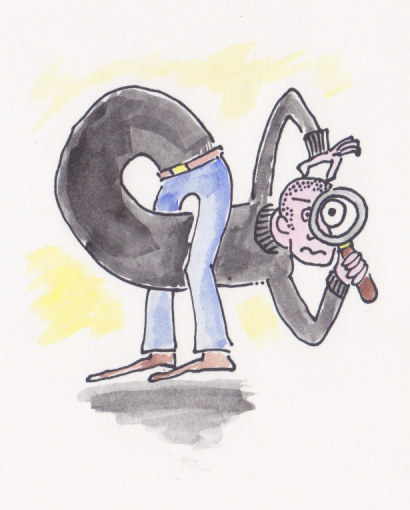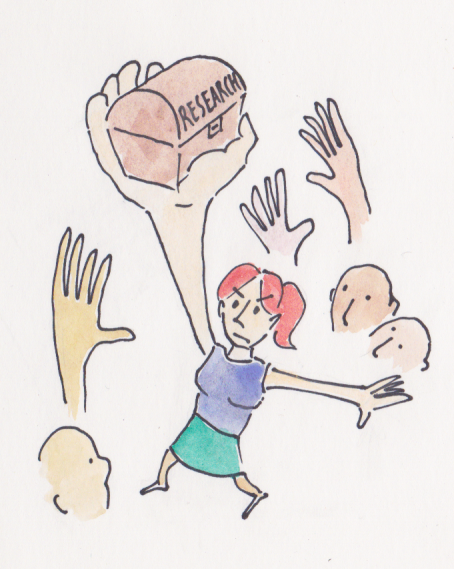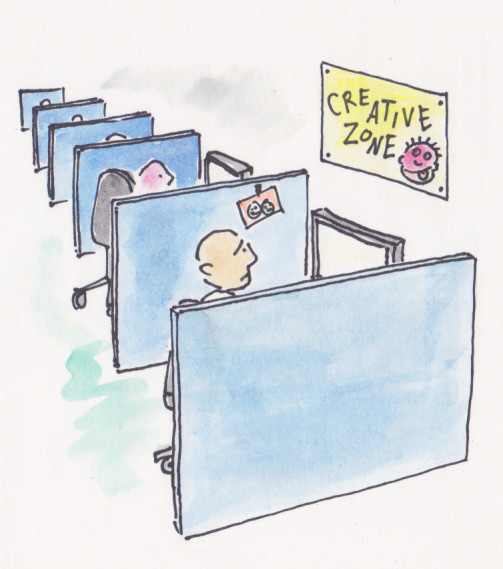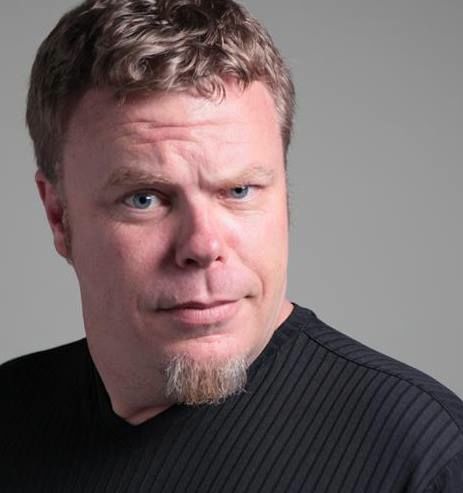UX Design may follow a process, but the discipline of UX design is anything but disciplined. We can't even agree on a common definition within the UX community, so it's no surprise that folks outside the community are so often confused—or use that ambiguity against us.
Here are some methods to help you find your place to shine, so you can achieve great results and be truly innovative without losing yourself.
Define what your position entails
Everyone in UX confronts the question, “What exactly do you do”? We face it at our desk, in front of a whiteboard, and from the confused looks of friends and family at a party.
Bringing definition to our careers is at the heart of what UX design is. We spend our days defining the vaguest of concepts. We are paid to determine whether the questions are even the right questions to begin with. All the while, we must remember the all-important “U” in our title by being an advocate for the users we design for.

When defining what your deliverables are, ensure that you take the next step and educate your stakeholders in how to apply the deliverables you are giving them.
If you can’t explain how to apply your deliverables, then the problem lies with what you are delivering, rather than the people who don’t understand them. You need to explain them better, or change what you deliver.
Take ownership of appropriate tasks
Determining what needs to be done is what we do. In the process, take the time to take ownership of what you should be doing.
This can be tricky politically if you are taking ownership of something that someone else has always done. The trick is to only suggest a change of ownership if it's genuinely in the realm of UX.
It is common within organizations for people to take responsibility for things that are way out of their wheelhouse. When you start identifying what tasks are appropriate for UX, others will be inspired to start thinking the same way. They might see something that really should be in their world but that someone else happens to be doing it at the moment. That person may be you. They may give your own words back to you and ask that you let them take a swing at it for a while.

Be willing to release control if you would request that willingness from others.
Remove the inappropriate from your accountability
This is the other side of the coin. You have been saddled with a responsibility that is not appropriate. This is where “holding your space” requires some courage.
Build your case first. Double check and get an outside opinion to make sure you are seeing the situation clearly.
Sometimes it is a no-brainer, but make sure you can communicate it effectively. When people take on things that are not appropriate to their role it is usually a resourcing problem—either a company can’t find the right person for that job or can’t afford to pay a person to do that job.
As UX designers, we find it difficult to acknowledge that we are not the Swiss army knife of humans. We pride ourselves on adaptability and just being generally clever.
The pitfall of this is that the little stuff, which we could do quite well, can take us away from solving the bigger problems that only a UX professional should be tackling.
Get the right person on the right job; be the person working on the right job.
Claim your physical space
I cannot overemphasize the importance of claiming the physical space that is needed for your team—and yourself—to produce true innovation.
The people I work with have accepted the fact that I may start moving furniture around without any notice. They know that they might bump into a whole new arrangement of couches and tables when they come in on Monday. Sure, some tease me that I am a frustrated interior designer, but the teasing stops when they find themselves using the space in a way they never thought possible.
Innovation and creativity need space to breathe. It needs more than a desk looking at a wall where anyone can walk up behind you and start asking you about what is on your screen. We spend more time in our offices than we do in our homes, yet we are willing to put up with ridiculous office layouts.

At one time, my office had some couches with their backs against the wall that no one ever sat in. We never had enough conference rooms.
One day I got fed up and started moving things around. It always started with the same words in my head: “This is a bad user experience!” I shifted the useless little couches into groupings facing each other. They weren’t private meeting areas, but they were better than nothing.
Initially, some of my colleagues were annoyed at me for doing this, but after a few apologies and some requests to “just try this out for a few weeks” it became clear that there was a method to my apparent madness.
I ask myself the following questions:
- “Is this the kind of space that creative things happen in?”
- “Could I imagine something revolutionary being designed right here?”
I make sure that I involve the people using the space, and track the results of the changes to the physical space that we make. Did things work better? Was this a good idea?
Once again, this is the kind of thing that can inspire others to start looking at their physical space differently. So many times I have seen people with low productivity suddenly start rocking it—and all I had to do was move their desk so they had a better view or some more elbow room.
Space is sacred
Ensuring that you have enough space, both physically and psychologically, gives others permission to request the space they need, resulting in a more efficient team.
Owning your place may seem like a selfish pursuit, but the more you do it, the more you realize it is a gift to everyone.
We should all have enough space to create great things.
Illustrations by Matthew Magain

